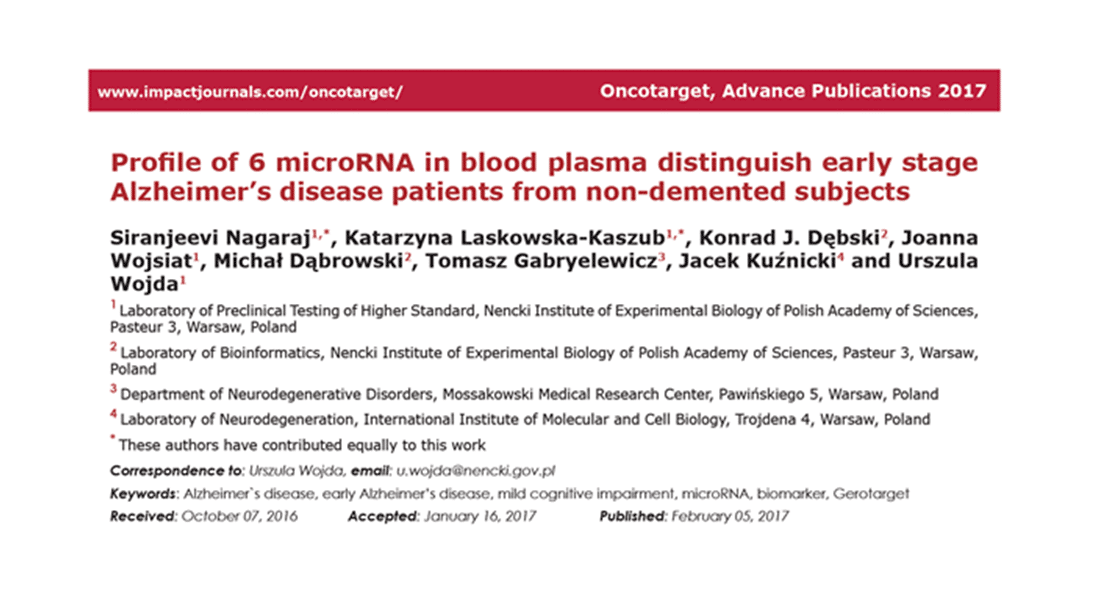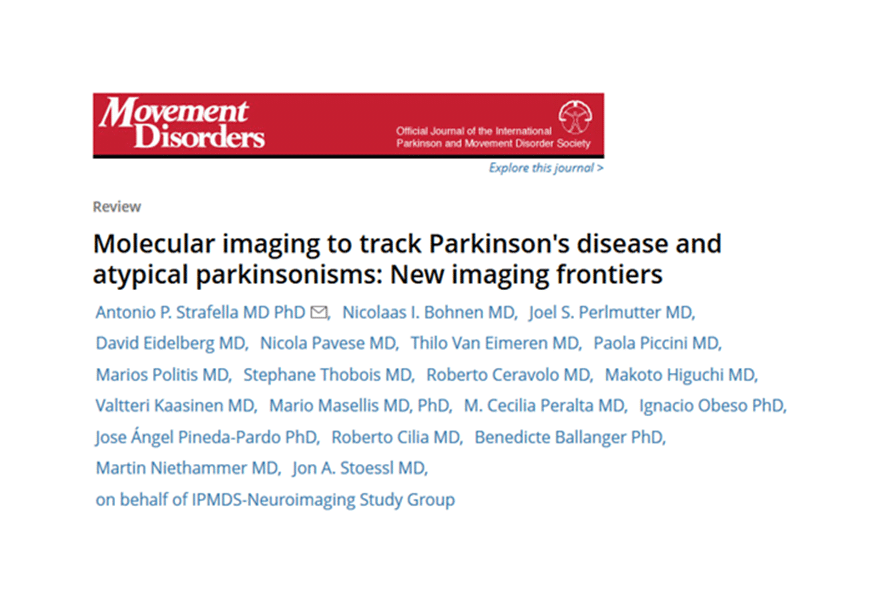New details learned about a key cellular protein could lead to treatments for neurodegenerative diseases such as Parkinson’s, Huntington’s, Alzheimer’s, and amyotrophic lateral sclerosis (ALS).
At their root, these disorders are triggered by misbehaving proteins in the brain. The proteins misfold and accumulate in neurons, inflicting damage and eventually killing the cells. In a new study, researchers used a different protein, Nrf2, to restore levels of the disease-causing proteins to a normal, healthy range, thereby preventing cell death.
The researchers tested Nrf2 in two models of Parkinson’s disease: cells with mutations in the proteins LRRK2 and alpha-synuclein. By activating Nrf2, the researchers turned on several “house-cleaning” mechanisms in the cell to remove excess LRRK2 and alpha-synuclein.
In the study, published in the Proceedings of the National Academy of Sciences, the scientists used both rat neurons and human neurons created from induced pluripotent stem cells. They then programmed the neurons to express Nrf2 and either mutant LRRK2 or alpha-synuclein. Using a one-of-a-kind robotic microscope, the researchers tagged and tracked individual neurons over time to monitor their protein levels and overall health. They took thousands of images of the cells over the course of a week, measuring the development and demise of each one.
The scientists discovered that Nrf2 worked in different ways to help remove either mutant LRRK2 or alpha-synuclein from the cells. For mutant LRRK2, Nrf2 drove the protein to gather into incidental clumps that can remain in the cell without damaging it. For alpha-synuclein, Nrf2 accelerated the breakdown and clearance of the protein, reducing its levels in the cell.
The scientists say that Nrf2 itself may be difficult to target with a drug because it is involved in so many cellular processes, so they are now focusing on some of its downstream effects. They hope to identify other players in the protein regulation pathway that interact with Nrf2 to improve cell health and that may be easier to drug.
Paper: “Nrf2 mitigates LRRK2- and α-synuclein–induced neurodegeneration by modulating proteostasis”
Reprinted from materials provided by Gladstone Institutes.





 “Molecular imaging to track Parkinson’s disease and atypical parkinsonisms: New imaging frontiers”
“Molecular imaging to track Parkinson’s disease and atypical parkinsonisms: New imaging frontiers”